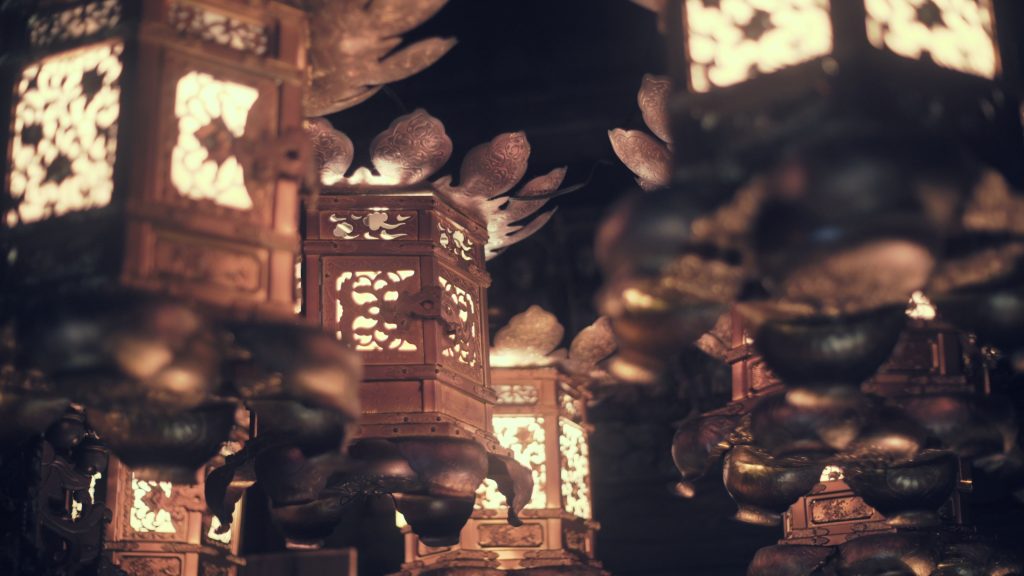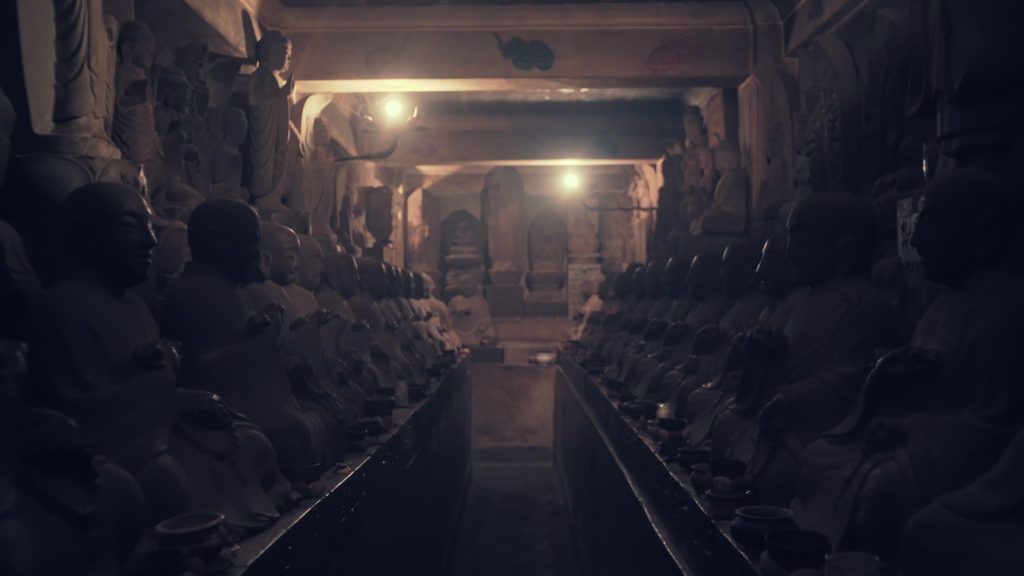Tunnel Thoughts
- Jul 17, 2019
I’m reviewing footage from the Tamagawa Daishi shoot now and chewing on some of the soundbites from the interview. The abbot was a bit on the long-winded side, which is amazing when you’re listening to a story in person, but not so much for succinct editing. So, I thought I’d jot down a couple of his more interesting stories just in case they don’t make it into the final video.
The origin story of the temple is full of mystical tidbits. The founding abbot, the great-grandfather of the current abbot, was originally a lay practitioner who completed the Shikoku pilgrimage back-and-forth a consecutive seventeen times. To put things in perspective, it takes roughly two months to walk all 88 temples and then another two months to walk back. This was at a time when completing the pilgrimage would still have been a dangerous undertaking. According to the abbot, it was during this period of pilgrimage that the founding abbot had a prophetic dream in which Kukai, the founder of Shingon Buddhism, appeared and stood above his pillow and encouraged him to take vows and construct a temple to make it easier for people in the Kanto region to worship. In the dream he saw the site of the temple from a birds-eye view. It wasn’t until much later that he came across a plot of land with a well that he recognized the tract from his dream and began laying the foundations of the current temple as well as digging the tunnel.

I may have mentioned something along these lines in a previous post, but the abbot elucidated the essence of the tunnel a bit more during our second interview. The various statuary in the tunnel are supposed to be organized according to the diamond realm mandala, which is itself a kind of realization of the primordial Buddha. So, according to the abbot, the mandala and by extension the tunnel are a kind of anatomical map of the primordial Buddha. This body itself is supposed to contain in some sense the entire Shingon Buddhist cosmology. (As a side note, I’m using wobbly words like “suppose” and “in a sense” because there’s definitely some apophatic bouncing back-and-forth between in-and-out distinction that I’m not getting or referencing correctly.) When you walk through the tunnel you are walking through the body of the primordial Buddha, a diagrammatic representation of his body, as well as a map of the cosmos. On top of that you are doing so in a way that all these things are overlapping. I suppose what I found most interesting about this is that when you are walking through the tunnel the idea is that you are walking through some sort of measureless mise en abyme of the entire universe according to Shingon Buddhism. Don’t take me word on this though. This is just my very limited understanding of what the abbot was saying and I may be extrapolating more than I have actually have license to do so.

Next post:
Coffee BeansPrevious post:
Subtitles